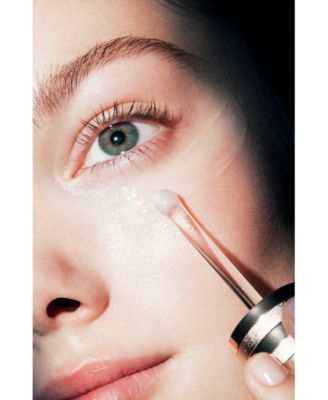
You may not have wrinkles, but you feel like you are starting to age. Chances are, it’s the uneven skin tone that you are worrying about. We are talking about bigger, darker patches rather than small freckles. If you are not sure what you need to do to banish pesky pigmentation once and for all, we’ve got you covered.
TIP #1 AVOID SUN OVER-EXPOSURE
These aging dark spots are frequently caused by sun exposure – specifically the UVA “silent” rays which do not cause any skin burns, but sneakily penetrate deep into your skin and stimulates your skin’s normal pigment cells to produce more pigment (melanin). These are responsible for your tan, and also the unwanted, uneven patches of darker skin. These spots do not actually appear overnight, but take years to show.
In younger women, this, together with hormonal triggers can cause patchy pigmentation known as melasma which is notoriously difficult to treat. So avoid sun over-exposure and apply a broad-spectrum sunscreen such as Umbrella to ensure your skin is well-protected.

TIP #2 USE THESE PIGMENT FIGHTING INGREDIENTS
One of the ways to continuously tone down these pigments is to try topical applications which contain anti-pigment and bleaching ingredients.
L-Ascorbic Acid (Vitamin C)
You’ve probably heard of Vitamin C being an anti-aging ingredient, but it works to lighten dark spots too. This potent antioxidant is an effective pigment corrector and prevents further hyperpigmentation as it can counter free radicals damage within skin.
Mequinol
You have probably heard of Hydroquinone as an effective skin lightening agent but controversial. Being superior to Hydroquinone, Mequinol is a derivative of hydroquinone but it differs in some very important ways. Mequinol is both effective and safe at concentrations of 2% or less. It’s highly effective at de-pigmentation and is usually used to get rid of age spots. There are numerous companies online selling much higher concentrations of mequinol as a skin lightening agent but we recommend using mequinol under the guidance of your doctor.
Try Special Effects, a transformative cream serum combines the power of three to fight resistant dark spots and illuminates dull, damaged skin. With the combination of Mequinol, bearberry leaves extract and Vitamin C, this skincare superhero is powerful enough to restore clarity and lighten spots in as little as a week.
Tranexamic Acid
A peptide that has been proven to reduce inflammation and melanin formation, tranexamic acid has long been used orally (off-label use) to treat melasma. More recently, topical preparations in the form of creams or serums such as White Plasma, have been been shown to be a promising alternative to hydroquinone creams. Its depigmenting effect works mainly by preventing tyrosinase activity in ultraviolet-induced hyperpigmentation.

TIP #3 PIGMENT LASERS
Laser treatment is one of the most advanced and reliable treatments today for removing pigmentation. Depending on the depth and type of pigmentation, a variety of pigment lasers can be used. Most superficial to deeper dermal pigmentation will benefit from the Porcelain Skin Program, which uses the picosecond pigment laser. This laser pulverizes pigment particles to a fine dust, which is then efficiently cleared naturally by the body, without any downtime.
Lasers of other wavelengths such as the 1927 nm thulium laser (BB Aquatouch), and the 1550nm (Fraxel and Fraxel Light) have also been shown to strip pigments effectively. The thing about lasers is while it has been shown to be extremely effective, they have also been known to cause downtime and side effects, so make sure you look for a clinic with plenty of options and a doctor who has experience with using these lasers for various pigment disorders.
